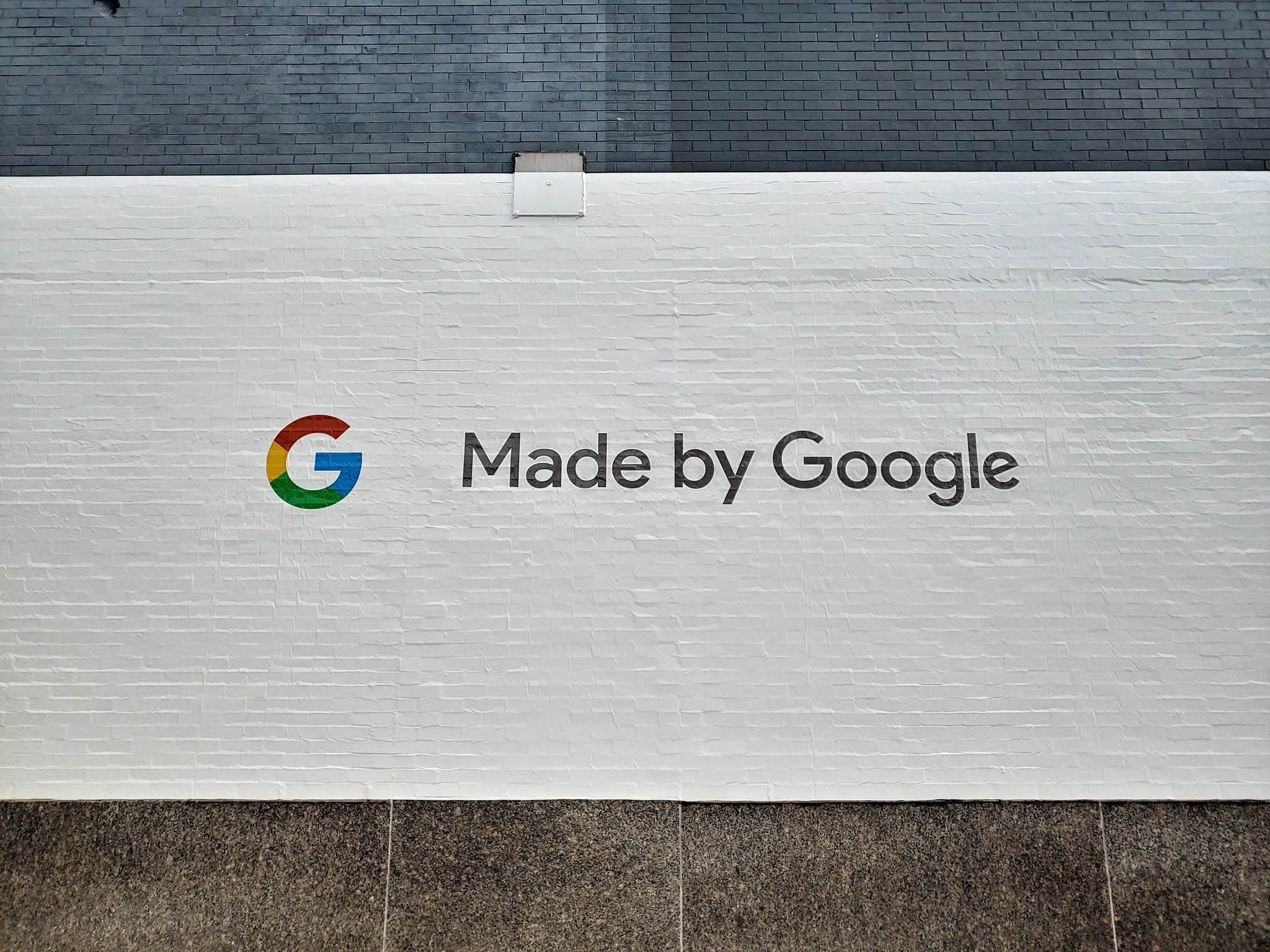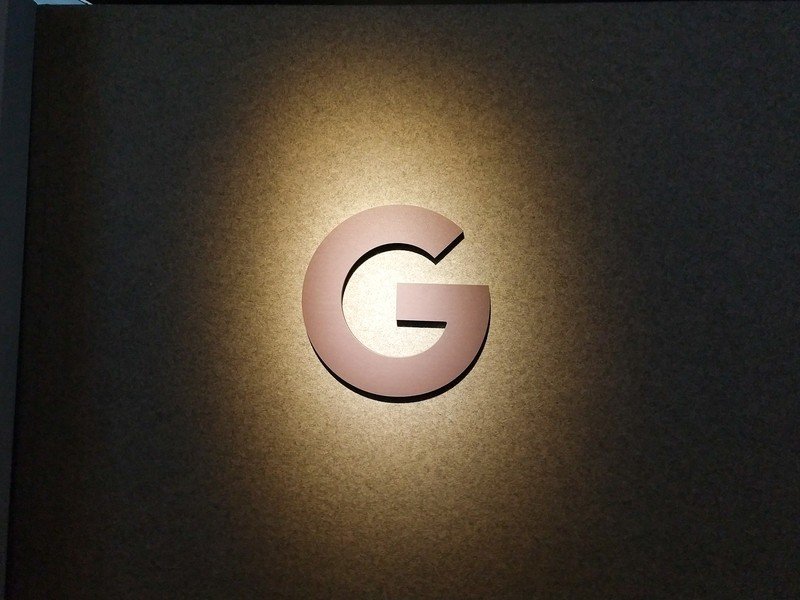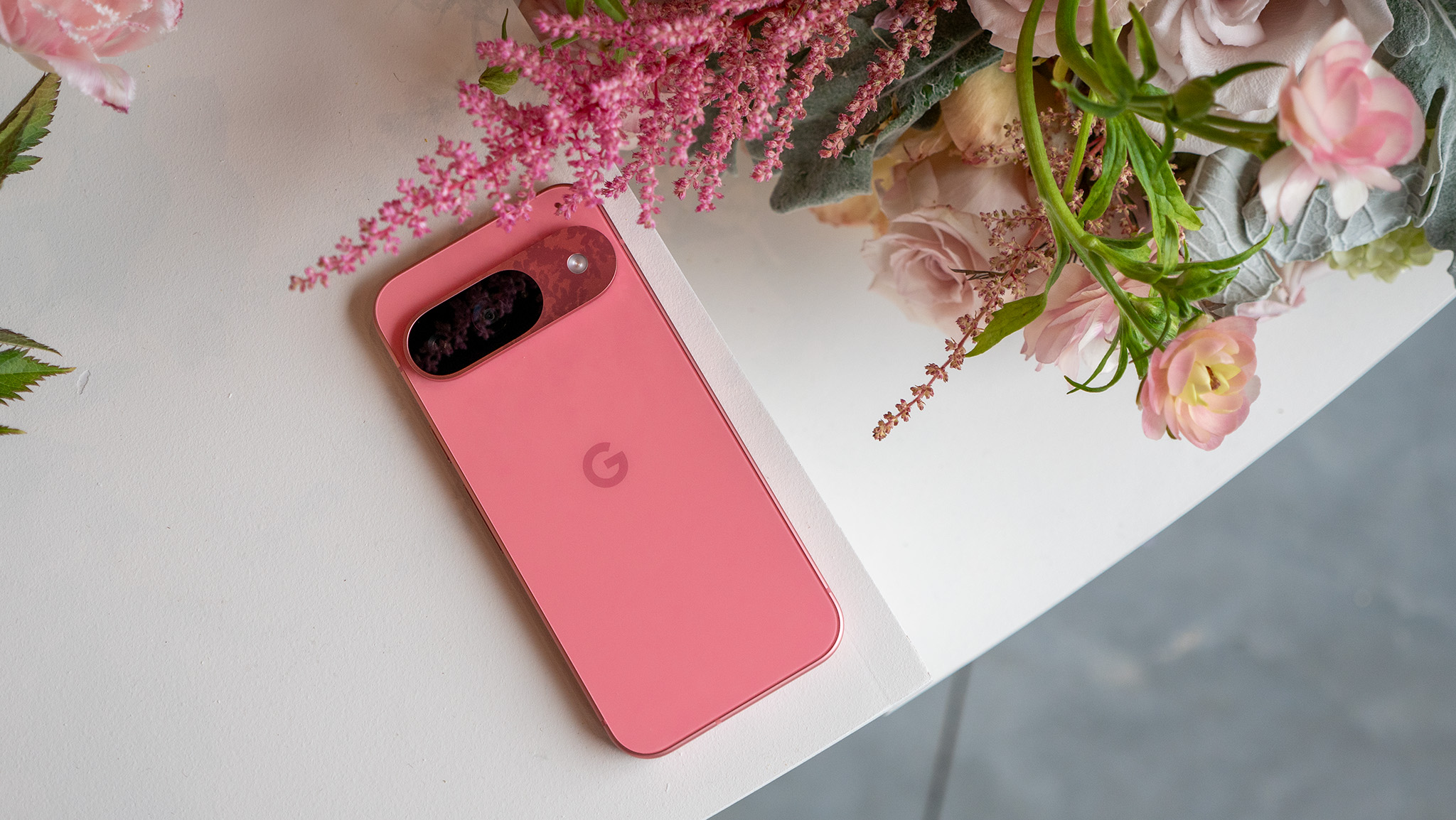Stadia confirms that you should never buy a Google product at launch

Before I dive too deep into what I'm about to talk about, I want to make it clear that I'm a big fan of a lot of Google's hardware offerings. The Pixel 4 XL is my daily Android device (and a phone I think is one of the best of the year), there's a Nest Hub on my desk that I use constantly, a Nest Learning Thermostat keeps my house nice and warm during these cold winter months — you get the picture.
For all the crap Google's hardware gets, there's no doubt that the company has created and released a slew of excellent gadgets.
However, that doesn't excuse the fact that buying a Google product at launch is a bad idea. Time and time again, Google's proven that if you want the best possible experience with what it creates, you're better off waiting a few months before pulling the trigger.
Take the company's recent launch of Stadia, for example. On November 19, Google officially released Stadia — its much-hyped game streaming service — into the wild. Early reports show that the streaming technology is legit, and playing a game that's streamed to your TV or phone from a remote server can actually work. There's no denying that side of the equation, but outside of the core tech behind it, Stadia is a godforsaken mess.

Here's a little recap highlighting just a few of Stadia's Day One roadblocks:
- Small library of only over 20 games.
- Even though Stadia is supposed to work on any screen with any controller, you have to purchase the $129 Premier Edition if you want to play at all right now.
- The "wireless" Stadia controller needs to be plugged in when playing on a phone.
- Stadia only works with Google's Pixel phones on Android and doesn't work at all with iOS devices.
- The "4K" gameplay has proven to look substantially worse compared to console versions of games.
- Stream Connect, State Share, and Crowd Play — some of Stadia's most anticipated features — aren't available yet.
- Google's achievement system isn't currently active (in other words, you earn achievements in games but have nowhere to view them).
- You need to use the Stadia mobile app in order to purchase games.
Need I say more?
Stadia can only get better from here, and as time goes on, who knows where it'll be. By the time the PlayStation 5 and Xbox Scarlett roll around, Stadia could very well have everything ironed out and be worth paying for. But right now, it's a glorified dumpster fire.
Get the latest news from Android Central, your trusted companion in the world of Android
This may be one of the worst Google launches we've ever seen, but Stadia is far from the only product that the company has had trouble with right out of the gate. In fact, just before Stadia, Google got off to a pretty rocky start with the Pixel 4.

Shortly after the Pixel 4 was released, it was quickly discovered that the phone's 90Hz display didn't work as expected. Rather than being enabled while you were interacting with the phone, Google decided to revert the Pixel 4's screen down to 60Hz whenever the display brightness level was below 75%. This was later fixed with the November 2019 security patch, but for early adopters, they were initially left with a seriously crippled version of what was supposed to be a great feature.
The Pixel 4 XL is one of my favorite Android phones of 2019, but there's no denying that its launch was kind of a mess.
Then there's the issue with the Pixel 4's new Google Assistant. Google used the Pixel 4 as a showcase for building the Assistant's language processing locally on the phone, resulting in substantially better performance and faster understanding of voice commands. For whatever reason, though, the new Assistant just doesn't work if you add a G Suite account to the Pixel 4 — something a lot of people use for their work email. This is something that'll be fixed "soon," but that's all we know for the time being.
And let's not forget about face unlock on the Pixel 4. It's incredibly fast and works quite well, but it also unlocks your phone even if your eyes are closed. If that sounds like a huge security risk, that's because it is. But don't worry — Google is being very prompt about adding eye detection in the "coming months."

To give the Pixel 4 a break, these launch troubles go back to just about every Pixel Google's released. The Pixel 3 was plagued with awful RAM management issues at launch, almost making the phone unusable at times if you were trying to do too many things at once. There was also the Pixel 2 XL's display drama, with early adopters having to deal with muted colors and screen burn-in — two issues that were later resolved in future updates.
From bugs to almost immediate discounts, buying a Google product at launch just doesn't make sense.
Outside of Pixel phones, this trend is seen in other products as well. The Pixel Slate is now a usable tablet/laptop 2-in-1, but when it first launched, poor software optimization resulted in it being a buggy and glitchy mess. The Google Home and other smart speakers from Google are now some of the best out there, but when the OG Home launched in 2016, the Assistant was extremely limited in functionality compared to where it ended up after a host of software updates.
Every gadget gets a little better after its release, but with so many of Google's products, buying on Day One is a guarantee that you'll have to put up with missing or buggy features until Google decides to patch them. Not only that, but Google's been notoriously bad for slashing hundreds of dollars off its flagship phones just about a month after they launch — a huge slap in the face to anyone that wants to support the company right out of the gate.

Being an advertising and software-focused company, I suppose some funk was to be expected with Google's transition into hardware. However, it's now been over three years since the first lineup of Made by Google products were ushered in, and the experience hasn't gotten much better — Stadia being a prime example of that.
Google's shown us that it's very capable of creating captivating products, but only a few months after they've been out on the market. I'm not sure if it's an issue of there needing to be more field testing, R&D, or what, but Google needs to prove to us that it's listening to these complaints rather than acknowledging them and making the same mistakes year after year.

Joe Maring was a Senior Editor for Android Central between 2017 and 2021. You can reach him on Twitter at @JoeMaring1.
